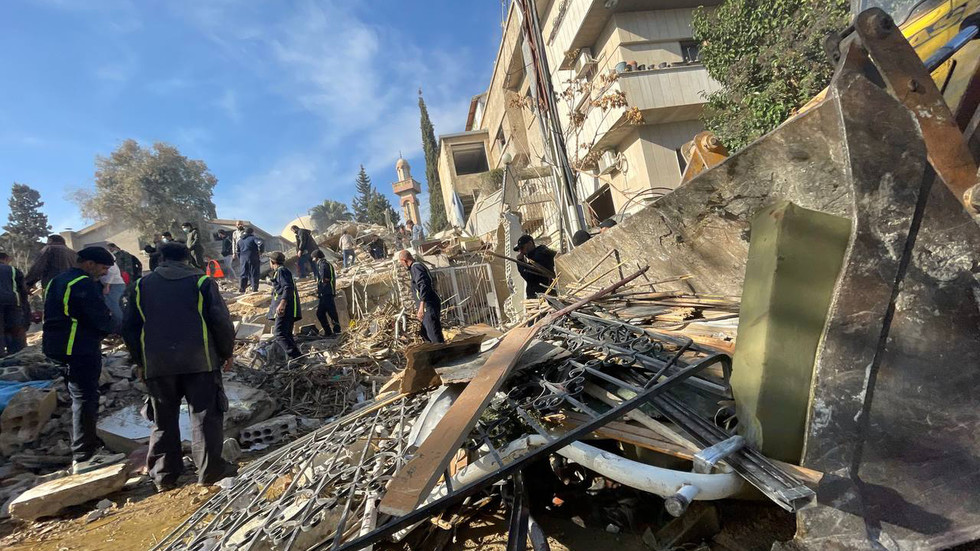The Israeli Air Force has recently confirmed its engagement in military operations in Syria, specifically targeting facilities associated with Hezbollah in Homs province and near Damascus. Reports indicate that local residents heard significant explosions in Al-Qusayr, a town located close to the Lebanese border. The Israeli Defense Forces (IDF) stated that the airstrikes were aimed at a weapons and ammunition depot used by Hezbollah. The IDF expressed concerns that Hezbollah has been developing logistical operations to transport arms from Syria to Lebanon via smuggling networks, asserting that such activities pose a threat to regional security. Moreover, the IDF has accused Hezbollah of embedding its military infrastructure within civilian populations, heightening the risk of collateral damage in their operations.
On the same day, the IDF confirmed an airstrike near Damascus which occurred the previous evening, claiming that it resulted in the death of Mahmoud Mohammed Shaheen, the head of Hezbollah’s intelligence operations in Syria. Shaheen was alleged to have coordinated Hezbollah’s intelligence activities involving the Syrian government and Iranian influences. The IDF’s actions target the debilitating of Hezbollah’s strategic capabilities in Syria, which are viewed as being directly linked to the larger operational framework of Hezbollah in Lebanon, aiming to undermine their intelligence-gathering and operational efficacy across the region.
In conjunction with the airstrikes, the IDF announced its responsibility for a significant intelligence operation that led to the capture of a Syrian national, Ali Soleiman al-Assi. Accused of espionage activities, al-Assi was reported to have been living relatively close to the Israeli border. This operation is part of Israel’s wider strategy to disrupt potential threats before they can manifest as dangers along its borders. The IDF has framed these recent military actions against Hezbollah within the context of a broader campaign, as tensions have escalated since September when Israel launched a major offensive against Hezbollah in response to perceived threats emanating from the group amid ongoing conflicts with Hamas in Gaza.
Prime Minister Benjamin Netanyahu’s administration has repeatedly underscored the necessity of these preemptive strikes as acts of self-defense against not only Hezbollah but also Iranian military entrenchment in Syria. The government claims that Iran and Hezbollah, in collaboration with Russian forces, are crucial players in supporting the Syrian regime against various factions, including the remnants of the Islamic State (IS). This ongoing partnership between Hezbollah and Iran, along with their respective military alliances, is perceived by Israel as a multilateral threat to its national security.
The complexity of the conflict in the region is compounded by the involvement of various state and non-state actors. Israel’s military response reflects a significant strategic calculus regarding Iranian influence, the presence of militant groups near its borders, and the need to ensure operational security amidst the dynamic war landscape in Syria. Countering Iranian-backed forces and diminishing Hezbollah’s military infrastructure are central to Israeli defense objectives, which have seen a significant uptick in operations in both Lebanon and Syria.
In summary, the recent Israeli airstrikes underscore a pivotal element of Israel’s military strategy targeting Hezbollah’s position in Syria. The IDF’s focus on preventing the transfer of weapons along smuggling routes indicates a broader goal of disrupting not only Hezbollah’s activities but also its intelligence capabilities linked to Iranian and Syrian cooperation. As tensions continue to rise in the region with multifaceted confrontations, Israel remains committed to its policy of preemptive strikes aimed at safeguarding its territory and interests in an increasingly volatile environment.

